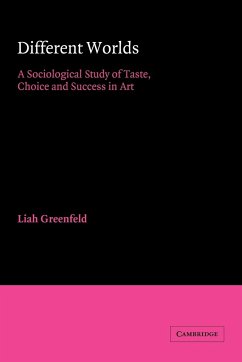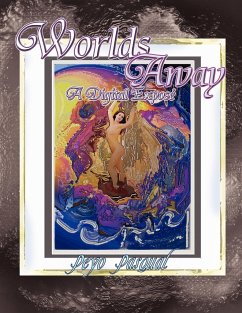Using a wealth of data collected in Israel, this study depicts a complete system in which art is created and evaluated.
Using a wealth of data collected in Israel, this study depicts a complete system in which art is created and evaluated - the scale of Israeli society allowing for a comprehensive and detailed description of all the agents involved in the production and consumption of modern art. The author analyses the patterns of social relations and behaviour created around two art worlds - the world of abstract avant-garde art and the world of traditional figurative painting. She argues that the two worlds differ radically both in terms of the factors that affect the formation of taste, the process of evaluation and the patterns of success in them and in the ways in which these factors exert their influence.
Review quote:
"In sum, Greenfeld has written a well-documented and nicely argued book that will certainly be of interest to those in the sociology of art and should also be read by those in related areas. Its argument extends beyond the book's focus, and it merits a look by a broad audience."
American Journal of Sociology
Table of contents:
Introduction; 1. Historical background; 2. The population of painters and the split into subsystems; 3. Patterns of success; 4. The 'gatekeepers' - critics; 5. The 'gatekeepers' - curators; 6. The 'gatekeepers' - gallery owners; 7. The artists - attitudes of Conceptualists and Lyrical Abstractionists; 8. The artists - attitudes of figurative painters; 9. The publics; 10. Conclusion; Appendices; Notes; Index.
Hinweis: Dieser Artikel kann nur an eine deutsche Lieferadresse ausgeliefert werden.
Using a wealth of data collected in Israel, this study depicts a complete system in which art is created and evaluated - the scale of Israeli society allowing for a comprehensive and detailed description of all the agents involved in the production and consumption of modern art. The author analyses the patterns of social relations and behaviour created around two art worlds - the world of abstract avant-garde art and the world of traditional figurative painting. She argues that the two worlds differ radically both in terms of the factors that affect the formation of taste, the process of evaluation and the patterns of success in them and in the ways in which these factors exert their influence.
Review quote:
"In sum, Greenfeld has written a well-documented and nicely argued book that will certainly be of interest to those in the sociology of art and should also be read by those in related areas. Its argument extends beyond the book's focus, and it merits a look by a broad audience."
American Journal of Sociology
Table of contents:
Introduction; 1. Historical background; 2. The population of painters and the split into subsystems; 3. Patterns of success; 4. The 'gatekeepers' - critics; 5. The 'gatekeepers' - curators; 6. The 'gatekeepers' - gallery owners; 7. The artists - attitudes of Conceptualists and Lyrical Abstractionists; 8. The artists - attitudes of figurative painters; 9. The publics; 10. Conclusion; Appendices; Notes; Index.
Hinweis: Dieser Artikel kann nur an eine deutsche Lieferadresse ausgeliefert werden.








